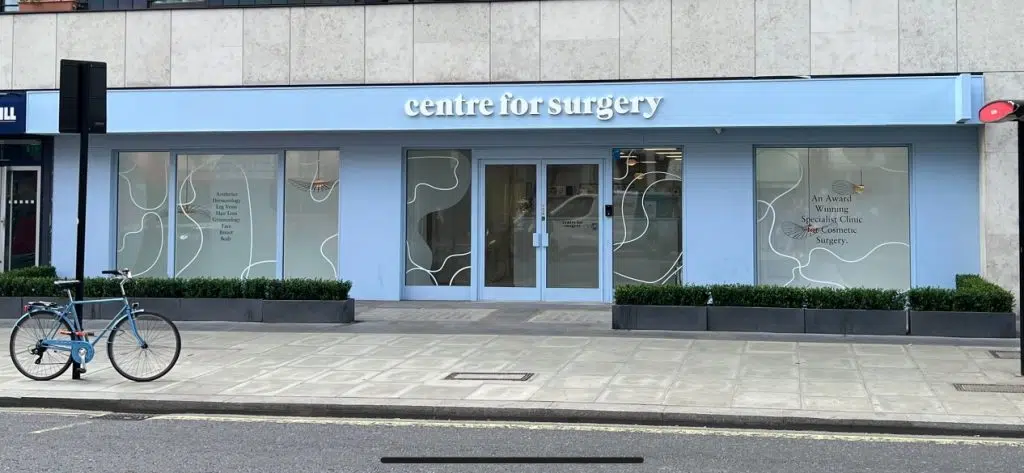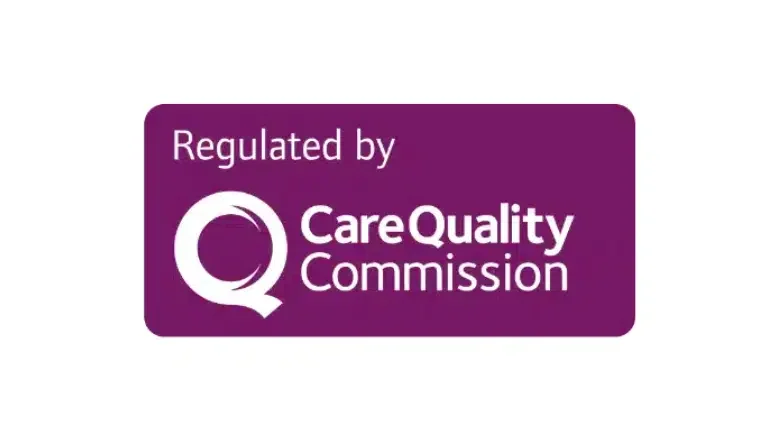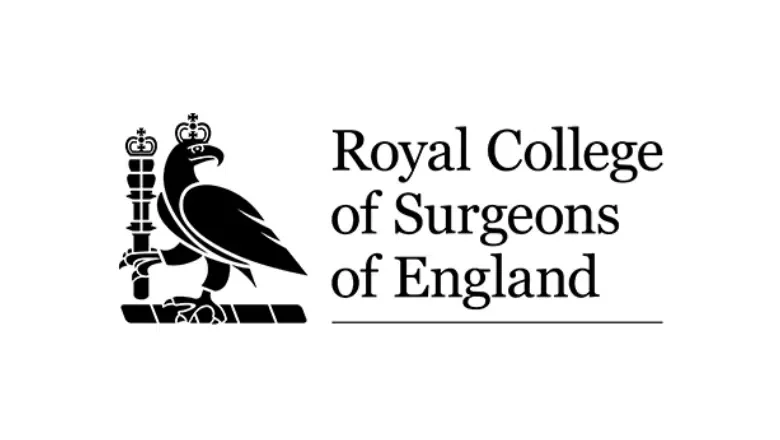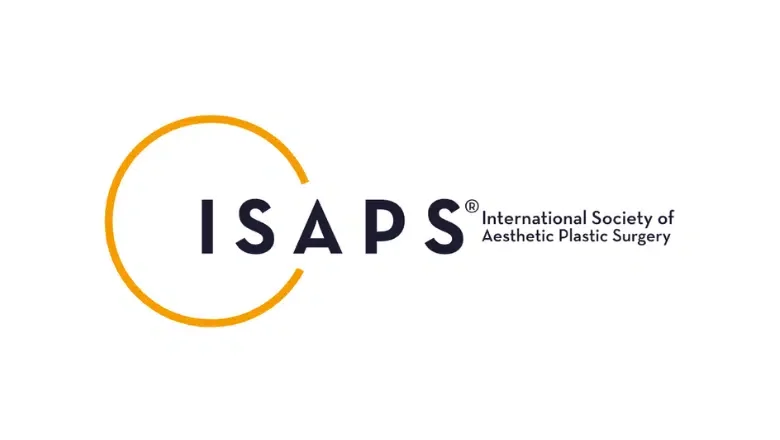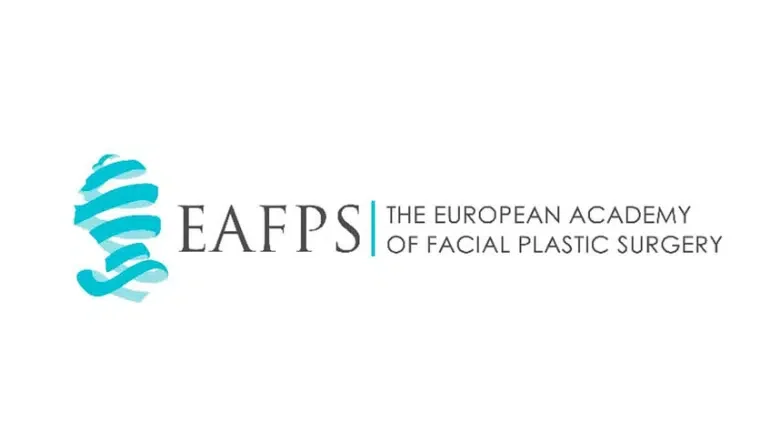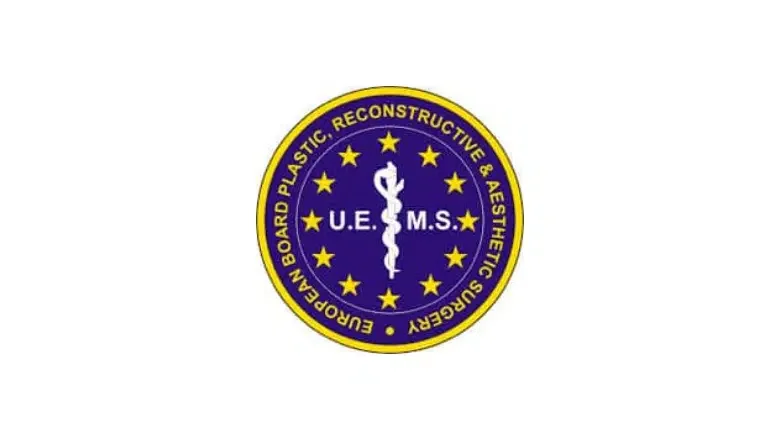Achieving your ideal body shape can be a rewarding experience, but it can also come with a set of challenges, one of which is dealing with loose abdominal skin. This issue can significantly alter the appearance of your body, creating an illusion of excessive fat where it may not actually exist. The excess skin, particularly when it is in the lower abdominal region, can not only disrupt the silhouette of your body but can also affect the way your clothes fit, leading to both physical discomfort and psychological distress.
RELATED: How to Get Rid of Apron Belly
Regrettably, conventional weight loss strategies, including a well-balanced diet and rigorous exercise routines, are typically ineffective in addressing this issue of excess skin. While these methods can undoubtedly aid in fat reduction, they lack the capacity to significantly tighten or reduce the sagging skin that often results from substantial weight loss or other body changes.
Fortunately, surgical intervention presents a viable solution to this predicament. Abdominoplasty, often referred to as a ‘tummy tuck’, is a well-established surgical procedure designed to remove excess skin and tighten the abdominal area, rendering a more contoured and aesthetically pleasing figure. However, when the issue primarily revolves around an ‘apron’ of loose skin hanging in the lower abdominal region, forming an unsightly pouch-like appearance, an alternate surgical procedure, known as apronectomy, may be more appropriate.
RELATED: Medical Benefits of a Tummy Tuck
An apronectomy specifically targets this lower abdominal skin ‘apron’, excising the excess skin and tightening the remaining tissue. This highly specialised procedure, when performed by skilled surgeons, can result in a smoother, more streamlined abdomen, significantly enhancing your overall body shape and self-confidence. It’s important to note, though, that like any surgical procedure, apronectomy comes with its own set of risks and potential complications, and it’s crucial to thoroughly discuss these with your surgeon before deciding on the most suitable course of action.
RELATED: Post Bariatric Body Contouring Procedures
What Is Apronectomy?
An Apronectomy, also called a panniculectomy, is a specific type of cosmetic surgery primarily aimed at removing an ‘apron’ of surplus skin and stubborn fat deposits, or pannus, which tends to hang over the pubic area. It’s a procedure designed to address the undesirable aesthetic of this skin overhang and any associated physical discomforts.
While the Apronectomy shares similarities with the more extensive abdominoplasty, also known as a tummy tuck, the two have distinct differences. Most notably, an Apronectomy solely focuses on the excision of excess skin and fat in the lower abdomen without any alteration to the abdominal wall muscles. In contrast, an abdominoplasty not only eliminates superfluous skin and fat, but also strengthens and tightens the underlying abdominal muscles, often resulting in a flatter and firmer abdomen.
Thus, the apronectomy procedure is considered a less comprehensive surgery than an abdominoplasty. It is particularly beneficial for individuals who may have medical restrictions that prevent them from undergoing a full abdominoplasty. Certain General Surgeons may specialise in performing Apronectomy, as unlike plastic surgeons, they may not have comprehensive training to carry out abdominoplasties.
RELATED: How To Get Rid Of Stomach Overhang & Belly Fat
While the Apronectomy is categorised as a cosmetic procedure, its benefits extend beyond aesthetics. An overhanging apron of skin can potentially lead to various physical discomforts, including skin irritation and rashes, primarily due to the fold acting as a breeding ground for bacteria. This can result in persistent skin infections and inflammation in the lower abdominal and pubic regions. Therefore, the Apronectomy can serve dual purposes by not only enhancing the physical appearance of the lower abdomen, creating a more streamlined, sculpted look, but also significantly reducing the risk of skin-related complications associated with the overhanging skin apron.
What’s the Difference between Apronectomy and Abdominoplasty?
Indeed, both Abdominoplasty and Apronectomy are surgical procedures aimed at refining the abdomen’s appearance, but they do serve different purposes and are distinct in their approach and outcomes.
An Apronectomy, also known as a Panniculectomy, primarily focuses on the removal of the ‘apron’, or pannus – a significant overhang of skin and fatty tissue often found in the lower abdominal area, especially after significant weight loss or pregnancy. This procedure doesn’t typically involve muscle tightening or reshaping of the entire abdominal area. It can be considered a medically necessary operation for patients experiencing related discomforts such as chronic skin infections and irritation due to the overhanging skin. Due to its lesser complexity, the duration under anaesthesia, and consequently the cost, is generally lower than that of an abdominoplasty.
In contrast, an Abdominoplasty, popularly known as a ‘tummy tuck’, is a more comprehensive procedure. It involves the removal of excess skin and fat from the entire abdomen and often includes tightening of the abdominal muscles to create a flatter, firmer appearance. This operation is considered more cosmetic in nature and, as a result, often requires a more extensive surgical approach, a longer time under anaesthesia, and carries a higher cost.
In terms of the outcome, while an Apronectomy primarily addresses medical issues and somewhat improves the aesthetic of the lower abdomen, an Abdominoplasty is designed to enhance the overall contour and shape of the entire abdomen, resulting in more dramatic cosmetic results.
Benefits of Apronectomy
Apronectomy, also known as panniculectomy, is a surgical procedure to remove excess skin and fat from the lower abdomen. This procedure can offer several benefits, which include:
- Improved Appearance: One of the most significant benefits of apronectomy is the improved appearance of the abdomen. The procedure removes the ‘apron’ of excess skin and fat that can hang over the pubic area, resulting in a smoother, flatter abdominal contour.
- Increased Comfort: The overhanging ‘apron’ of skin can often cause discomfort or irritation, especially during physical activities. Removing this excess skin can make movement more comfortable, eliminating skin chafing and rashes that can develop in the skin folds.
- Enhanced Self-Confidence: The physical changes after an apronectomy can lead to improved self-esteem and body confidence. Many patients report feeling more comfortable in their clothing and more confident in social situations.
- Reduced Health Risks: An overhanging abdominal apron can create a warm, moist environment that is ideal for the growth of bacteria and yeast, leading to repeated skin infections. By removing this excess skin, the procedure can reduce these health risks.
- Promotes Active Lifestyle: With the removal of the excess skin, patients often find it easier to engage in physical activities and exercise, which can aid in maintaining a healthy weight and overall physical health.
- Eases Hygiene: Daily hygiene can be difficult with an abdominal apron due to the folds of skin. Removing this skin simplifies personal hygiene.
- Potential Relief of Back Pain: In some cases, the weight of the ‘apron’ can contribute to lower back pain. By removing this weight, some patients may experience relief from their back discomfort.
Who Is a Good Candidate for Apronectomy?
Your eligibility for an apronectomy largely depends on your specific circumstances and overall health status. An ideal candidate for an apronectomy generally meets the following criteria:
- Stable Weight: It’s crucial that you have maintained a stable weight for at least a year prior to the procedure. This is because further significant weight fluctuation after the procedure can affect the surgery’s outcomes, potentially leading to more excess skin and compromising the overall results.
- Body Mass Index (BMI): Your BMI should ideally be 30 or less. A higher BMI can increase the risks associated with surgery and potentially compromise the healing process.
- Non-smoker: Smoking can significantly impede healing and increase the risk of complications both during and after the surgery. Therefore, it’s strongly recommended to quit smoking at least 4-6 weeks prior to the surgery and remain smoke-free for at least 4 weeks post-surgery.
- Age: While there is no strict age limit for an apronectomy, it’s generally more commonly performed on older patients who have lost a significant amount of weight. However, all patients must be over 18 years old.
- Significant weight loss: Ideal candidates are those who have experienced massive weight loss, resulting in a large amount of excess, hanging skin in the lower abdominal area.
- Realistic Expectations: Understanding the procedure’s limitations and having realistic expectations about the outcome is essential. An apronectomy can significantly improve the physical appearance of the lower abdomen, but it’s not a substitute for weight loss or a suitable exercise regimen.
As with any surgical procedure, it’s essential to consult with a skilled plastic surgeon to determine whether an apronectomy is the best option for you. At Centre for Surgery, our team of experts will carefully evaluate your health and circumstances and guide you through the decision-making process.
Apronectomy Recovery Process
Recovering from an apronectomy procedure can be a journey that necessitates patience, perseverance, and proper self-care. Here’s what you can expect during the recovery period:
Immediate Postoperative Phase: Following the apronectomy, you will be able to go home later the same day and our team will closely monitor you to ensure that the healing process has begun smoothly. Our dedicated team at Centre for Surgery will provide comprehensive instructions on wound care and management to mitigate the risk of infection and support optimal healing. It’s crucial to take it easy during this period. Gentle movements like walking around your room or a brief shower may be encouraged, but you should generally rest and let your body start its healing process.
First Week: Upon being discharged, it’s advisable to stay at home for the first week and avoid any strenuous activities or heavy lifting that could strain your abdomen and interrupt the healing process. You’ll likely be given an abdominal binder, a special garment designed to provide support, enhance comfort, and encourage proper healing. It’s essential to wear this as directed by your surgeon.
Second Week: By the second week, you should be feeling better and can slowly start to venture outside for short, gentle walks. This can help boost your circulation, which is beneficial for the healing process. However, continue to avoid vigorous exercises or heavy work activities. At this point, it’s also recommended to take ample time off work to allow your body sufficient time to recover.
Ongoing Care: Staying hydrated during your recovery is vital, as it aids cellular function and wound healing. Therefore, ensure you drink plenty of water and maintain a balanced diet to support your overall health. Regular follow-up visits with your surgeon are also critical to monitor your healing progress. If any deviations in the healing process are noticed, your surgeon can promptly suggest appropriate interventions to get you back on track.
Risks and Complications of the Apronectomy Procedure
As with any surgical intervention, an apronectomy does carry potential risks and complications. It’s important to understand these before proceeding with the surgery, even though the procedure is generally considered safe and complications are rare when performed by a highly trained and experienced surgeon. Here’s what you need to know about the potential risks and complications of an apronectomy:
Anaesthesia Risks: All surgical procedures requiring anaesthesia carry a certain level of risk, including the possibility of adverse reactions to the anaesthetic agents used.
Swelling and Bruising: These are common post-operative symptoms. Swelling generally subsides within a few weeks, whereas bruising may take a little longer to completely disappear.
Asymmetry: Though every effort is made to ensure symmetry, there can be slight variations in the contour and shape of the abdominal area post-surgery.
Infection and Bleeding: These are inherent risks of any surgical procedure. To prevent infection, antibiotics are usually prescribed, and careful wound care is necessary. If bleeding occurs, it might require another surgical procedure.
Revisional Surgery: In some cases, further surgical procedures may be required to correct any issues or to refine the results of the initial procedure.
Wound Dehiscence: This refers to the surgical wound reopening. It’s a rare complication that can occur due to infection, poor wound healing, or excessive tension on the wound.
Excessive Skin Loss: There might be a risk of skin loss in the surgical area due to compromised blood supply, although this is an uncommon occurrence.
Numbness and Persistent Pain: These can occur if nerves in the abdominal area are affected during the procedure. While numbness often resolves over time, persistent pain should be brought to the attention of your surgeon.
Scarring: Scarring is inevitable with any surgical procedure. However, the incisions made during an apronectomy are usually positioned so that they can be hidden by underwear or a swimsuit.
Deep Vein Thrombosis (DVT): DVT, or blood clots in the deep veins of the legs, can be a risk with any surgical procedure. Walking and moving around soon after the procedure can help reduce this risk.
Fluid Accumulation: Known as seroma, this is a pocket of clear serous fluid that sometimes develops in the body after surgery. If it happens, it may need to be drained.
FAQs about Apronectomy
How Long is the Recovery Period After an Apronectomy?
The recovery time following an apronectomy varies from person to person. Typically, patients start to resume their normal activities within two weeks after the surgery. Your surgeon will provide specific advice tailored to your individual recovery process, such as how to care for your wound and when to reintroduce certain activities.
Will I Have Visible Scars After an Apronectomy?
Scarring is inevitable with any surgical procedure. However, with an apronectomy, the incision is typically made along the lower abdomen, within the bikini line, to help conceal the resulting scar. Over time, the scar will fade, but it won’t completely disappear.
How Should I Prepare for an Apronectomy Procedure?
Before your apronectomy procedure, your surgeon will provide you with specific pre-operative instructions to follow. These may include avoiding certain medications, stopping smoking, and maintaining a stable weight. You will also be asked to organise for someone to drive you home after the procedure, as you will not be able to drive immediately post-surgery.
What is the Procedure Time for an Apronectomy?
An apronectomy typically takes about two to three hours to complete, depending on the amount of excess skin to be removed. This is, however, a rough estimate and the exact timing can vary from patient to patient.
How Soon Will I See Results After an Apronectomy?
While the initial results of an apronectomy are visible immediately after surgery, the final results may not be apparent until all post-operative swelling has subsided, which could take several months. It’s important to maintain a healthy lifestyle to help maintain the results of your surgery.
Can I Combine an Apronectomy with Other Procedures?
How Long Do the Results of an Apronectomy Last?
The results of an apronectomy are long-lasting, particularly if you maintain a stable weight and healthy lifestyle post-surgery. However, it’s important to note that an apronectomy doesn’t halt the ageing process. Over time, natural ageing and gravity can lead to changes in the body’s contours, including the abdomen.
What If I Gain Weight After an Apronectomy?
Significant weight gain after an apronectomy can affect the results of your surgery, possibly leading to the return of an apron of skin. That’s why it’s vital to maintain a healthy, balanced lifestyle following the procedure to preserve the aesthetic outcomes.
Is There an Age Limit for Undergoing an Apronectomy?
There isn’t a specific age limit for undergoing an apronectomy. However, good candidates are those who are in good overall health, have a stable weight, and have realistic expectations about the results. Your surgeon will assess your health status and discuss the risks and benefits of the procedure during your consultation.
What Are the Possible Complications of an Apronectomy?
As with any surgery, an apronectomy carries some risk of complications. These may include infection, bleeding, poor wound healing, changes in skin sensation, asymmetry, and scarring. Your surgeon will discuss these potential risks with you during your consultation and will take every precaution to minimise them.
Can I Get Pregnant After an Apronectomy?
Yes, you can get pregnant after an apronectomy. However, it’s worth noting that pregnancy can stretch the abdominal skin and muscles, which could compromise the results of your apronectomy. Therefore, it’s usually recommended to complete your family before undergoing this type of surgery.
Why choose Centre for Surgery for Apronectomy surgery?
Choosing the Centre for Surgery for your apronectomy procedure is a decision that brings along many benefits, including:
- Qualified Surgeons: Our centre boasts a team of highly skilled, experienced, and GMC-registered surgeons who specialise in body contouring procedures including apronectomy. They are dedicated to achieving the best possible outcomes while prioritising your safety and well-being.
- Customised Approach: We understand that each patient is unique, with different body types, needs, and aesthetic goals. Our surgeons spend ample time during consultations understanding your desires and expectations, and they tailor the procedure to meet your specific requirements.
- State-of-the-Art Facility: The Centre for Surgery utilises the most advanced technologies and surgical techniques to deliver superior results. Our modern facilities are designed to enhance patient comfort and safety.
- Comprehensive Care: From your initial consultation to your final follow-up, we provide a comprehensive service to ensure your surgical journey is as smooth and comfortable as possible. Our dedicated team is always on hand to address any concerns or queries you may have.
- Transparent Pricing: We believe in full transparency when it comes to the cost of your procedure. There are no hidden charges, and all costs are explained clearly during your consultation.
- Excellent Patient Satisfaction: We pride ourselves on our high patient satisfaction rates and positive reviews. Our commitment to patient care and delivering outstanding results is reflected in the feedback we receive from our patients.
- Aftercare Program: Post-operative care is a crucial part of your recovery, and our centre provides a thorough aftercare program. This includes regular follow-up appointments to ensure you are healing well and are pleased with your results.
By choosing the Centre for Surgery for your apronectomy, you’re entrusting your care to a team that is dedicated to your safety, comfort, and satisfaction throughout your surgical journey.

